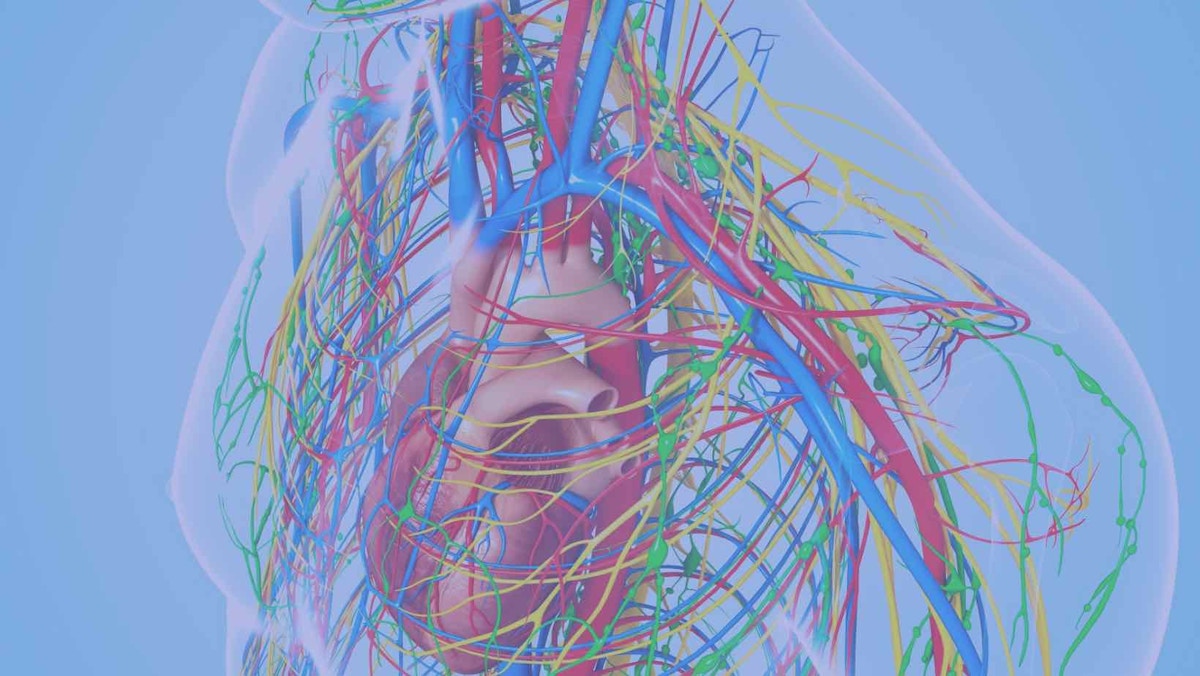I Am Sober is a free app that helps you get some control back in your life.

ARFID Eating Disorder: Everything You Need to Know
Last Updated: Tue, January 23, 2024Avoidant Restrictive Food Intake Disorder, also known as ARFID eating disorder affects a lot of people, including children.
The disorder causes a lot of dangers to people who suffer from it. If you think that you or your loved one is suffering from an ARFID eating disorder, You must know more about its symptoms and effects.
This post explores everything you need to know about ARFID eating disorder.
What is ARFID Eating Disorder?
ARFID is a diagnosis that applies to those who have a restricted eating disorder. It might be because of a lack of interest in eating. It could also be due to avoiding particular meals entirely due to texture or color or extreme concern over a possible side effect of eating, such as choking.
ARFID eating disorder has evident effects on nutrition and general physical health.
The intake deficit can cause significant weight problems (either losing weight or not gaining enough weight for normal development). It can also lead to nutritional deficiencies or interference with day-to-day functioning, such as socializing.
Symptoms of ARFID Eating Disorder
Here are the symptoms of ARFID eating disorder:
1. Inflexible Eating Behavior
When it comes to diagnosing ARFID symptoms in adults, rigid eating patterns, which may be classified as being highly "picky" with food choices, are a prominent warning indicator.
There is a clear distinction between food preferences in healthy adults and inflexible eating behaviors found in ARFID-diagnosed individuals. These include refusal to try different or new types of food, extremely specific food preparation, and sensitivity to food, whether physical or emotional.
2. Fear-Based Food Restriction
Fear-based food restriction is another prevalent sign of ARFID eating disorder in adults.
Individuals who are distressed by specific meals may suffer an emotional or physical reaction. They usually have fears of an allergic reaction, choking, or vomiting. As a result, individuals may avoid specific meals, depriving them of nutritious content.
3. Lack of Interest in Food
Although ARFID eating disorder can affect people of any gender or age, it is more prevalent in children and teenagers.
ARFID's lack of interest in food is one of its warning signs, more prevalently found in young people.
Negative Effects of ARFID Eating Disorder
Here are the negative effects of ARFID eating disorder:
1. Dermatological Effects
When a person is malnourished, the body uses its little energy to protect its most essential organs, causing the skin, hair, and fingernails to deteriorate. ARFID's dermatological effects include dull, dry, and pale skin, and thinning hair. It can also lead to brittle fingernails.
2. Gastrointestinal Effects
ARFID patients may experience gastrointestinal issues such as gastroparesis, constipation, and bloating.
Gastroparesis is characterized by delayed stomach emptying. This means that the stomach empties slower than usual.
In addition, this frequently manifests as excessive fullness, nausea, bloating, and early satiety. The disease makes it even more difficult for a person to get enough nutrients.
3. Endocrine System Effects
Nutritional deficiencies cause hormonal changes in the body. This can lead to low blood sugar levels, decreased sex drive, amenorrhea, and even infertility.
Hypoglycemia, or extremely low blood sugar levels, can induce headaches, fainting, and mood swings.
4. Nervous System Effects
The brain, a highly active organ with high energy demands, is similarly affected by ARFID-related malnutrition.
This is particularly dangerous for kids and teens, as brain growth continues into early adulthood.

5. Skeletal System Effects
People with ARFID eating disorder are more likely to have inadequate bone density and strength as a result of dietary deficits.
Osteoporosis and an increased vulnerability to fractures and breaks can result from bone loss.
ARFID Eating Disorder Treatment
ARFID is best treated by a team that comprises an eating disorder specialist doctor, nutritionist, and therapist. Nutrition counseling, medical care, and feeding therapy may all be part of the treatment plan. A speech-language pathologist can do a swallowing and feeding examination if choking is a concern.
The main goals of treatment are to achieve and maintain a healthy weight and healthy eating patterns and increase the variety of foods eaten.
Treatment also helps people learn ways to eat without fear of pain or choking.
Lastly, doctors might prescribe medicines to increase appetite or treat anxiety. If anxiety is a factor, the therapist will educate children and families how to deal with food-related anxieties..
The majority of children with ARFID may be treated at home, however some will require hospitalization. Someone with severe weight loss, malnutrition, and/or serious health issues will need treatment in a hospital. Some children with ARFID will also need tube feeding or nutrition formulas to get the calories and vitamins they need.
ARFID can be difficult to overcome, but learning about healthy eating and addressing anxieties can help many children and teenagers feel better and perform better. When the whole family works together to change mealtime behaviors, a child is likely to have continued success.
Conclusion
Because of the potential severity of medical consequences linked with ARFID, those suffering from the illness should seek treatment as soon as possible. The sooner a person begins therapy, the sooner the negative health implications of ARFID may be addressed.
Having the right support system and a sobriety app like I Am Sober can also help you deal with ARFID eating disorder.
I Am Sober is a free app that helps you get some control back in your life.




